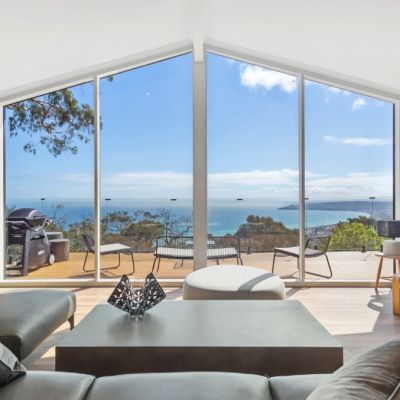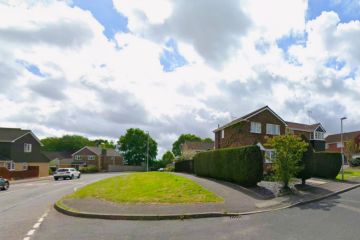How 2025’s rate cuts flipped sentiment and fuelled competition
After two years defined by hesitation, 2025 proved to be the year buyer confidence returned to the property market, fuelled by a trio of cautious interest rate cuts.
In total, the Reserve Bank of Australia (RBA) reduced the cash rate from 4.1 per cent in January to today’s 3.6 per cent, with 25 basis-point cuts in February, May and August.
While that measured reduction didn’t spark a buying frenzy, it did instigate a market uptick.
Rate cuts reignite confidence
Domain chief of research and economics Dr Nicola Powell says 2025 represented a clear shift from last year’s wait-and-see paralysis.
“This is the year that Australians have been waiting for,” she says. “When you look at last year, it was meant to be the year that delivered rate cuts. It didn’t. But this is the year we have seen them come to fruition.
“What the RBA has done is they’ve had a very cautious approach to how they have reduced the cash rate. It’s not like prior easing cycles where we saw back-to-back, large cash-rate reductions. This has been measured, it has been cautious, and they’ve done it slowly.
“But those three rate cuts have given buyers renewed confidence and we’ve seen that come out in a variety of metrics across the property market, including higher clearance rates, increased competition, more views per listing and more inquiries coming into Domain.”
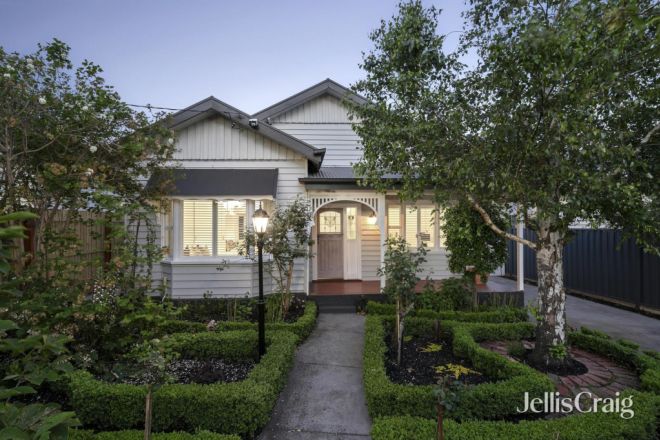
The latest Domain House Price Report shows that Australia’s housing market shifted up a gear with September-quarter house price growth the fastest it has been across the combined capitals in almost four years, and unit growth double the pace of a year ago.
In the September quarter, the median house price for the combined capitals rose 2.9 per cent to $1.236 million.
Sydney and Melbourne bounce back
Powell says the Sydney and Melbourne markets reawakened in 2025, posting year-on-year price gains of 6.3 per cent and 6.2 per cent respectively, according to Domain data.
“One of the dynamics that you tend to find is that large capital cities – so that’s Sydney and Melbourne – are much more reactive to changes in the cash rate,” she says.
“What that means is, when you see a rate reduction, it is amplified quickly through Sydney and Melbourne’s housing market compared to other capital cities.
And this year has seen the slow shift of price growth away from our affordability-driven markets to our interest rate-sensitive ones. We’ve seen a big turnaround and a galloping of momentum coming back into those two housing markets.”
Buyers return to Melbourne’s inner north
Jellis Craig Northern Group director Adrian Petrucelli says confidence has returned to the Melbourne suburbs of Brunswick, Pascoe Vale, Glenroy and Faulkner in 2025.
“There’s a lot of confidence in the marketplace,” he says.
“What we found was that, when there were interest rate rises two years ago, buyers didn’t have any confidence that the market was going to be secure. They were waiting and concerned that there might be another rise and another one after that.
“But now, while there might not be a cut every month, there’s confidence that there won’t be an interest rate rise and that has been quite good in the market.”

Petrucelli says properties priced up to $950,000 were popular with first-home buyers, while renovated homes between $1.2 million and $1.8 million had also been in hot demand this year.
“Family homes that are fully renovated, where buyers don’t have to do anything and where it’s turnkey, are performing strongly in the inner north,” he says.
“Building costs are up 40 per cent from what they were three or four years ago, so when something comes on the market that’s turnkey, they’re selling above reserve purely because buyers don’t want to do a renovation.”
Petrucelli also notes listings in the northern suburbs are now higher than at the start of 2025, but still below the level of a couple of years ago.
“But I genuinely believe we’ve seen the bottom of the market in Melbourne,” he says.
Sydney shifts from waiting to action
Morton joint managing director Ewan Morton says the RBA shaped Sydney’s property market in two distinct halves this year.
He says early 2025 was characterised by uncertainty, as buyers and sellers struggled to interpret mixed expectations around the direction of interest rates.
“Interest rates had an effect on the first half of the year,” Morton says.
“There was uncertainty where you had some people thinking they’re going up and some people thinking they’re going down, and what resulted was nothing. So transactions dropped.”
But as the year progressed, three rate cuts set a clearer direction and the absence of further rises became more assured.

Morton says this fuelled more market activity in the second half of the year.
“I think what’s happened now is everyone is accepting that interest rates are what they are and they’re at where they’re at, and so they are getting on with it,” he says.
Morton says this shift from waiting to action has been evident across all parts of Sydney’s market, from first-home buyers through to prestige downsizers.
He also notes stronger activity in the unit sector due to affordability pressures, with first-home buyers particularly active.
“So I think you have got first-home owners out in the marketplace doing their bit,” he says. “They’re comfortable with whatever the mortgage payment is.”
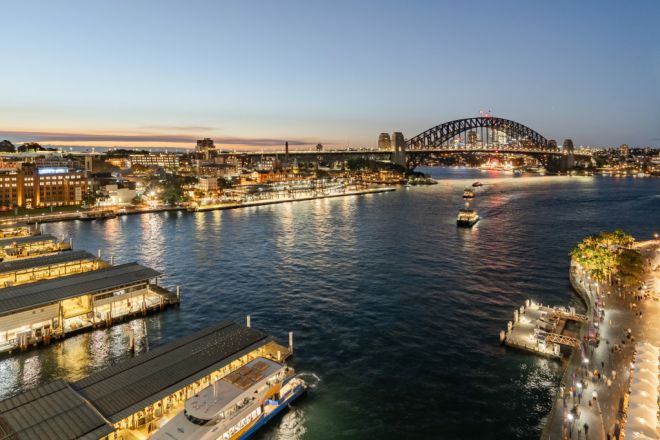
Despite inflation coming in slightly hotter than expected late in the year, Morton believes buyers have now absorbed the uncertainty and are no longer paralysed by month-to-month speculation.
“I don’t think it’s going to affect the market in the sense that I think everyone’s adjusted to that now and everyone’s getting on with business,” he says.
Tension may build as rates fall
Real estate speaker, coach and Domain Group Ambassador Josh Phegan says that while everyone assumes more buyers will be active in the market during an interest rate-cutting cycle, sometimes they are more active when rates are rising as they race to lock in the interest rate of the day.
He also notes that falling rates have the potential to create “tension” between vendors and buyers.
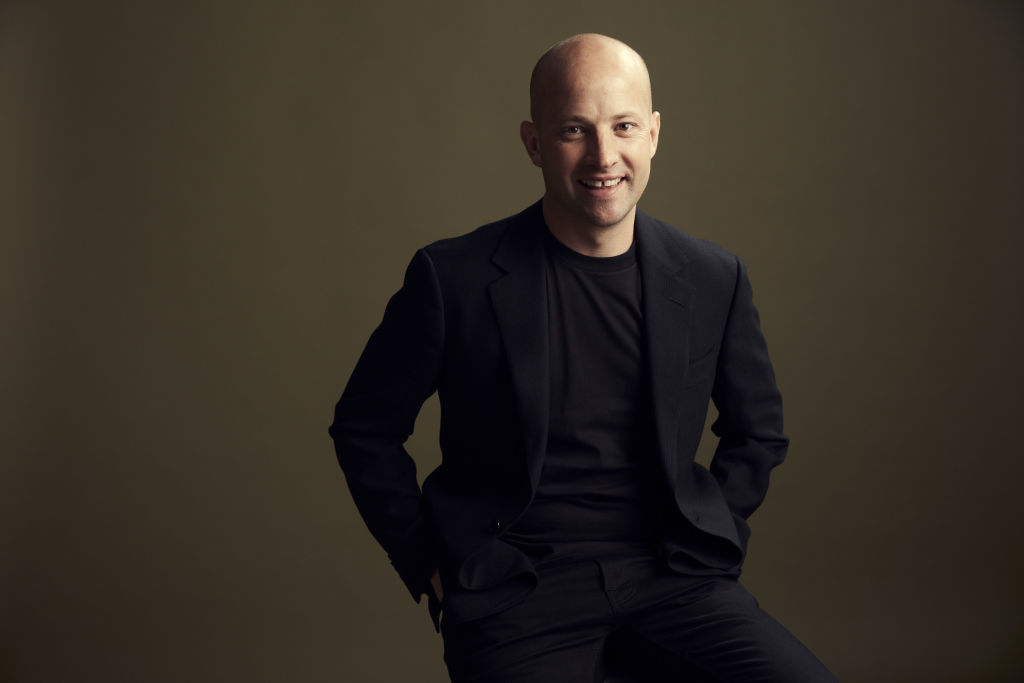
“Every time there is a .25 per cent reduction, someone who is borrowing $1 million gets an extra spending capacity of about an extra $20,000,” he says.
“When sellers hear that buyers are getting cheaper money, they all of a sudden think that there’s going to be a much better sale price. What ends up happening is that the owner’s expectation goes up by $100,000, the borrower’s ability goes up by $20,000, and there’s still consistent tension between buyers and sellers.”
Phegan says the expanded Australian Government 5% Deposit Scheme, which allows eligible buyers to purchase with a deposit as low as five per cent without paying lender’s mortgage insurance, has also started shaping the lower end of the market by fuelling demand.
“That’s going to have a significant inflationary nature on property prices in any of the properties underneath the caps because there’s a huge amount of demand,” Phegan says.
We recommend
States
Capital Cities
Capital Cities - Rentals
Popular Areas
Allhomes
More
- © 2025, CoStar Group Inc.
